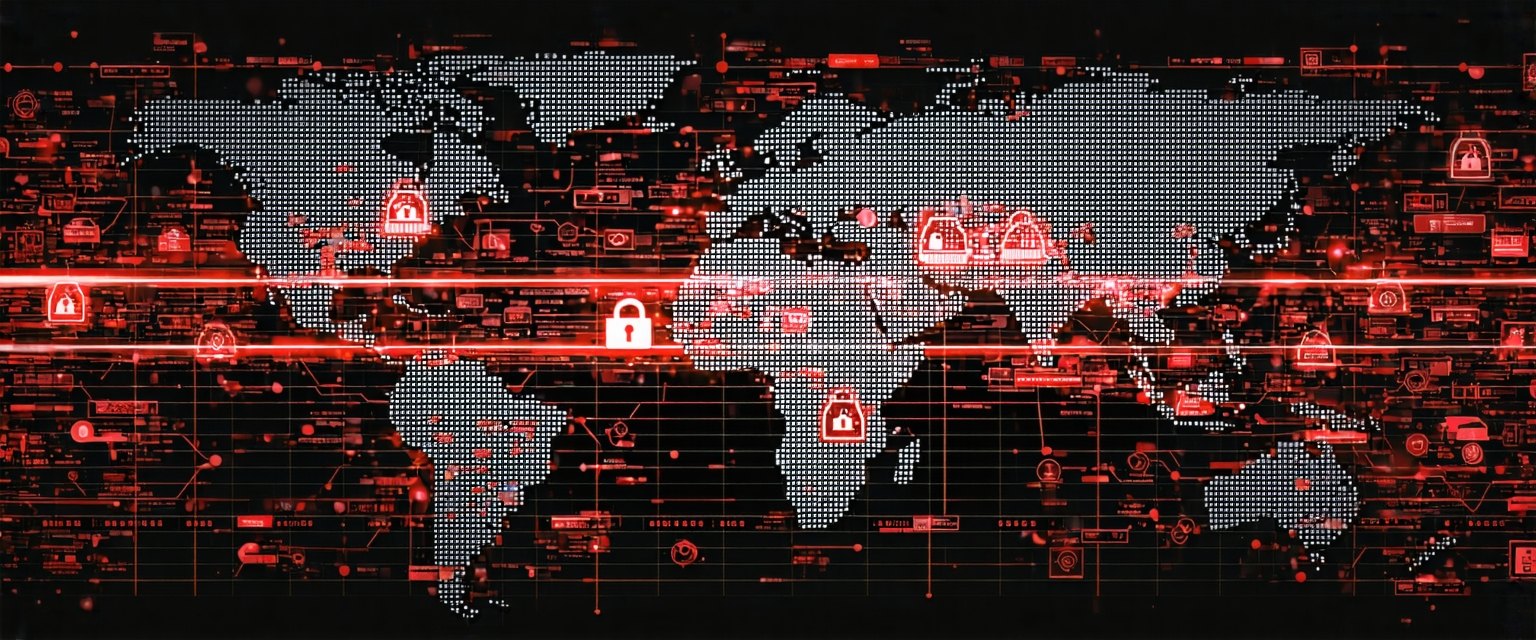






Cybersecurity experts are raising alarms about a surge in sophisticated ransomware attacks targeting critical infrastructure sectors globally. These attacks pose significant threats to essential services and national security.
Recent ransomware incidents reveal a shift towards more complex attack vectors and techniques. Attackers are increasingly employing “double extortion” tactics, where data is both encrypted and exfiltrated, threatening public release if a ransom isn’t paid. Furthermore, some groups are now using advanced persistent threat (APT) techniques, allowing them to remain undetected within a network for extended periods, mapping systems and identifying high-value targets before deploying ransomware.
Governments worldwide are recognizing the serious geopolitical implications of these attacks, particularly when directed at vital infrastructure. Increased international cooperation and intelligence sharing are underway to combat the rising threat. This includes collaborative efforts to track and disrupt ransomware groups’ operations, as well as providing resources and support to organizations to bolster their cybersecurity defenses.
A growing number of organizations are adopting a “zero-trust” security model. This security framework operates on the principle of “never trust, always verify,” requiring strict identity verification for every user and device attempting to access resources within a network, regardless of whether they are inside or outside the network perimeter. By minimizing implicit trust and enforcing stringent access controls, zero-trust architecture significantly reduces the potential impact of ransomware attacks and other security breaches.
“`